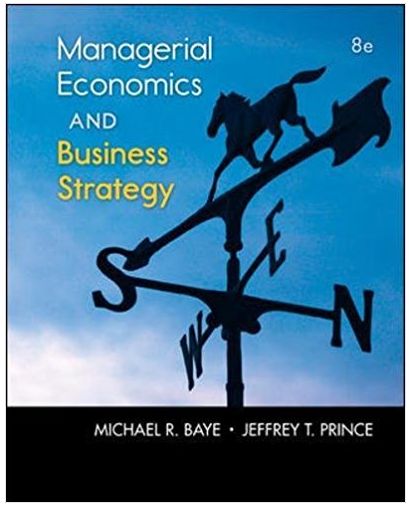Suppose the total benefit derived from a continuous decision, Q, is B(Q) = 20Q 2Q2 and
Question:
a. What is total benefit when Q = 2? Q = 10?
b. What is marginal benefit when Q = 2? Q = 10?
c. What level of Q maximizes total benefit?
d. What is total cost when Q = 2? Q = 10?
e. What is marginal cost when Q = 2? Q = 10?
f. What level of Q minimizes total cost?
g. What level of Q maximizes net benefits?
Fantastic news! We've Found the answer you've been seeking!
Step by Step Answer:
Related Book For 

Managerial Economics and Business Strategy
ISBN: 978-0073523224
8th edition
Authors: Michael Baye, Jeff Prince
Question Posted:





